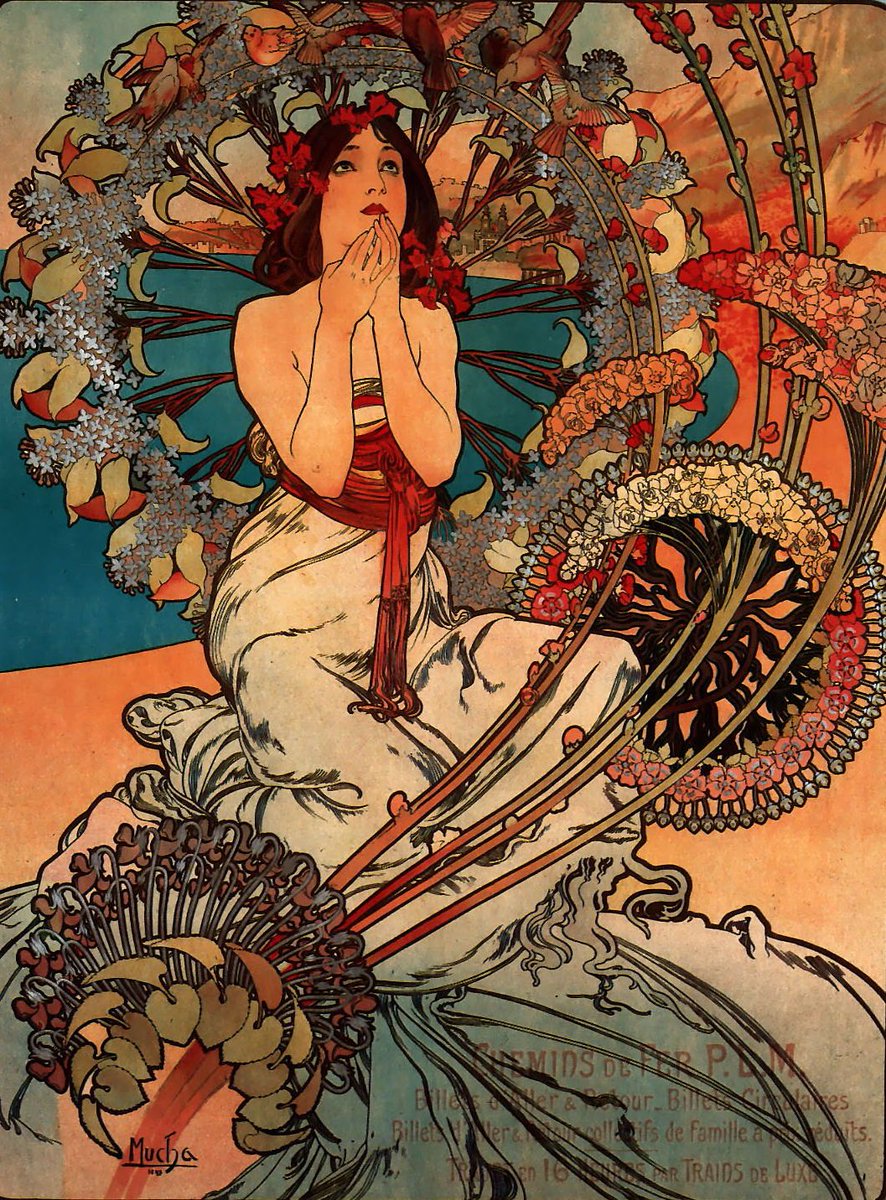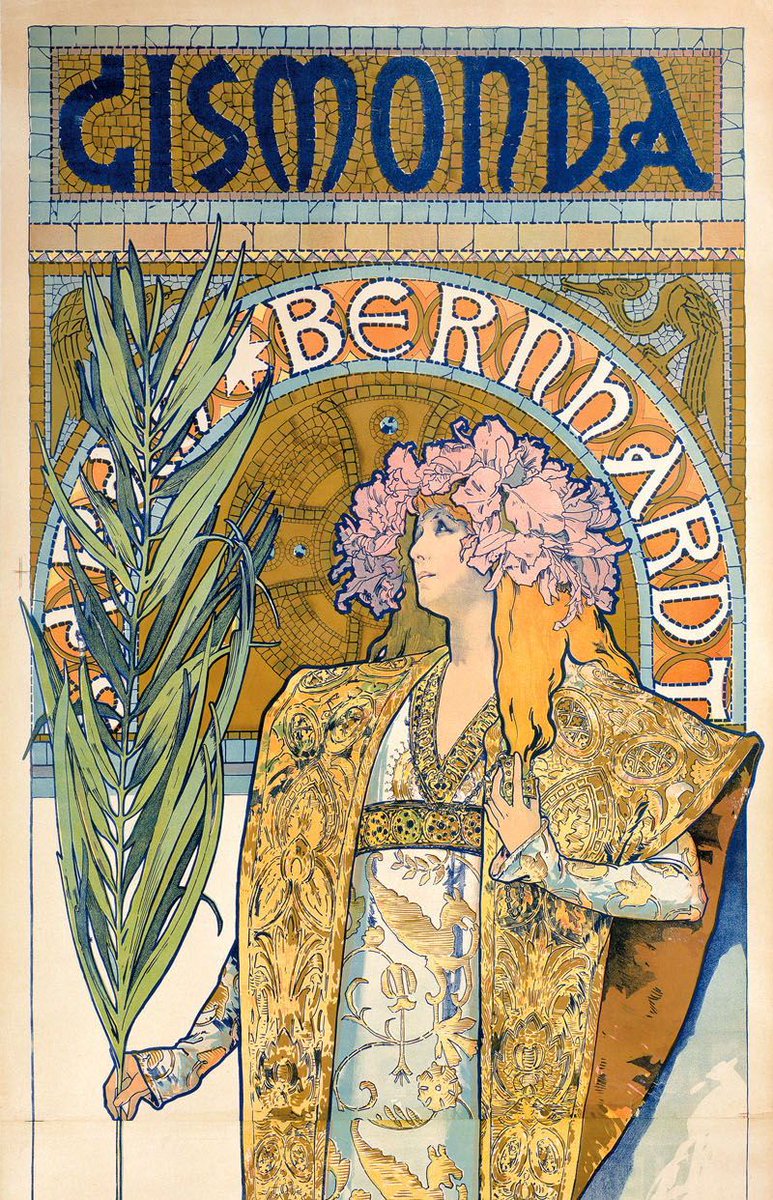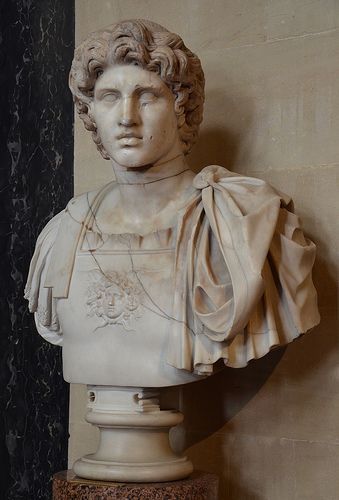World's Most Breathtaking Castles
Let's journey to an era of knights, chivalry, and grandeur. (thread 🧵)
From medieval fortresses to fairy-tale palaces—let's explore:
Let's journey to an era of knights, chivalry, and grandeur. (thread 🧵)
From medieval fortresses to fairy-tale palaces—let's explore:
1. Corvinilor Castle, also known as Hunyadi Castle or Hunedoara Castle, is a stunning representation of Gothic-Renaissance architecture located in Hunedoara, Romania.
2. On a sandstone rock that towers over the town of Sperlinga in Sicily, stands a medieval castle. It merges with the sandstone, as it is partly carved out of it and partly built on it.
3. Schloss Holte in Schloß Holte-Stukenbrock, Germany, is a Baroque water castle from the 17th century.
4. Bran Castle is a medieval fortress located in Transylvania, Romania. It was built by the Saxons in 1377. The castle is famously associated with the legend of Dracula.
5. Rocchetta Mattei Castle, located near Bologna, Italy, is a fortress with a unique and eclectic design. It was built by Count Cesare Mattei in the latter half of the 19th century.
6. Orava Castle in Slovakia was the setting for both the 1922 Nosferatu film and the 2020 TV adaptation of Dracula. It is a magnificent castle.
7. Burg Hochosterwitz is a medieval castle in Austria that dates back to 860. Perched atop a limestone rock, it offers panoramic views.
8. Hohenzollern Castle, Germany, was built in the 19th century. It boasts Gothic Revival architecture and historical artifacts, including the Crown of Wilhelm II.
9. Neuschwanstein Castle is a 19th century palace built by King Ludwig II of Bavaria as a retreat and homage to his favorite composer, Richard Wagner.
10. Stobnica Castle is not a historical building but a modern project started in 2018 by a company called D.J.T. in Poland.
11. Scaligero Castle (Sirmione) is a medieval fortress located on the shores of Lake Garda in Italy. It was built by the Scaliger family of Verona in the 13th century.
12. Rocca Calascio, situated in the municipality of Calascio, Abruzzo, Italy.
13. Tucked away in greenery, Butrón Castle is a real-life page from a storybook in Spain’s Basque Country.
14. The Château du Haut Kœnigsbourg is a medieval castle in Alsace, France. It was built by the Hohenstaufen dukes in the 12th century.
And here ends our tour for now. I hope you enjoyed the thread.
Do you know which castle is in the first post and where it is located? Write your guess in the comment section.
Please share the post attached below to help extend its reach.
Do you know which castle is in the first post and where it is located? Write your guess in the comment section.
Please share the post attached below to help extend its reach.
https://x.com/xmuse_/status/1804479845348593959?t=8_0euMk0IAY5shDAb0KZPw&s=19
• • •
Missing some Tweet in this thread? You can try to
force a refresh





















